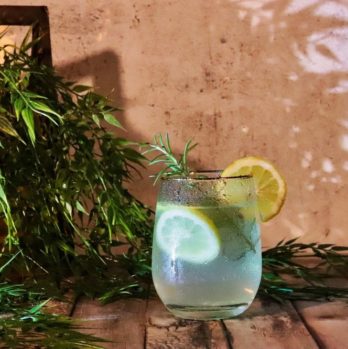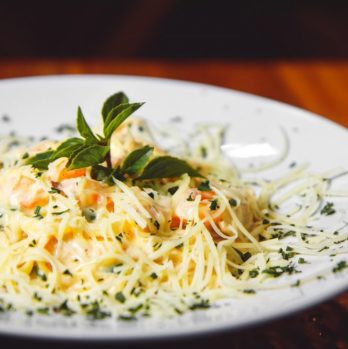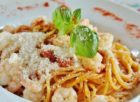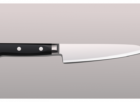Brunch Pandekager: A Delicious Morning Delight
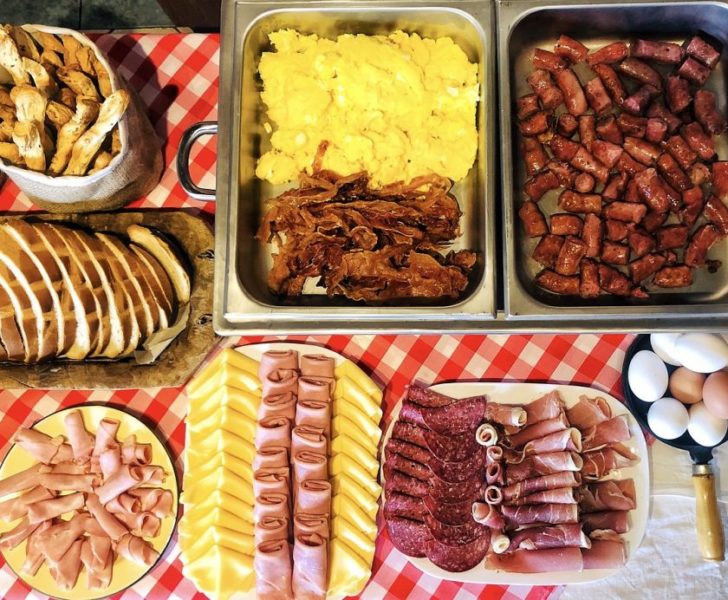
Introduction:
Brunch pandekager, also known as brunch pancakes, are a heavenly breakfast option that effortlessly combines the best of both worlds: breakfast and lunch. This article aims to delve into the world of brunch pandekager, exploring their rich history, providing essential insights, and offering tips for creating the perfect stack every time. Whether you’re a brunch enthusiast or just someone curious about this delightful dish, keep reading to discover all you need to know about brunch pandekager.
Section 1: Understanding Brunch Pandekager
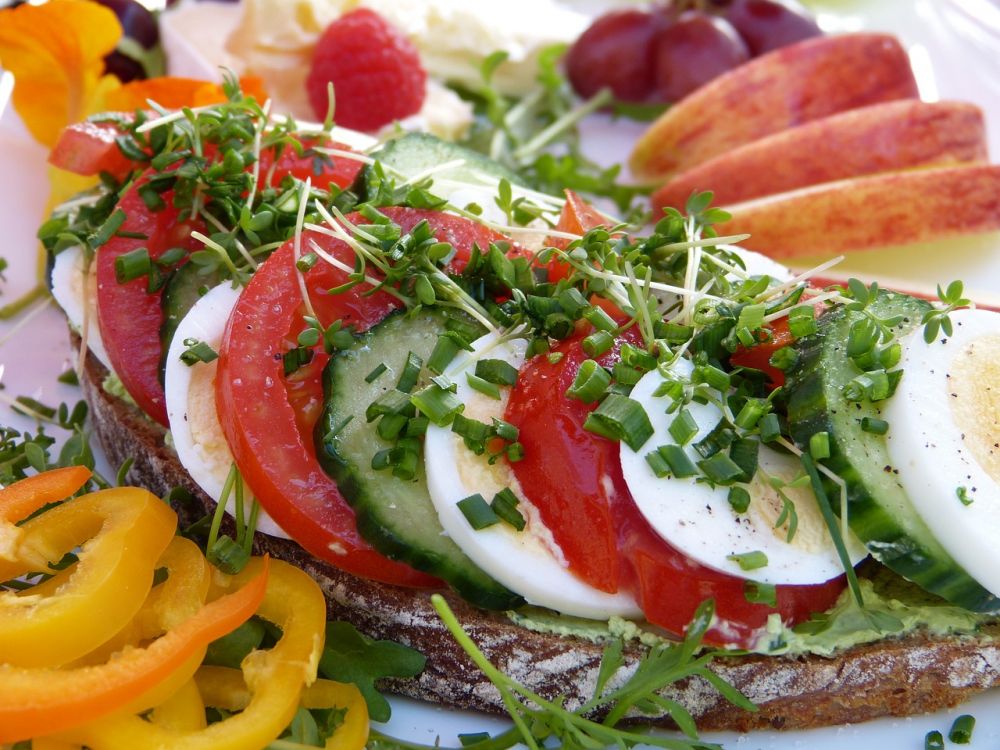
Brunch pandekager are a delectable variation of traditional pancakes, typically enjoyed during the late morning hours. There are several key elements that make these pancakes perfect for a brunch setting:
1. Fluffiness: Brunch pandekager are lighter, airier, and fluffier compared to regular pancakes. This texture comes from incorporating a leavening agent such as baking powder or baking soda into the batter.
2. Versatility: One of the appeals of brunch pandekager is their ability to cater to a wide range of preferences. They can be served with an assortment of toppings and fillings, such as fruits, syrup, cream, or even savory options like bacon and smoked salmon. The possibilities are endless!
3. Ease of Preparation: Brunch pandekager are relatively simple to make, requiring only a few basic ingredientsflour, eggs, milk, sugar, and butter. This simplicity makes them accessible to both seasoned chefs and novice cooks.
Section 2: A Historical Journey
The origins of brunch pandekager can be traced back to ancient civilizations, where variations of flat, unleavened bread were consumed. The term “pancake” itself first appeared in English during the 15th century, derived from the Old English word “panne” and the French word “croustade.” However, it wasn’t until the late 19th century that pancakes started gaining popularity as a brunch item.
In the United States, brunch, as we know it today, emerged in the 1930s. Due to the Prohibition era, late-night gatherings were restricted, leading people to shift socializing to the morning hours. Brunch became a popular affair, often accompanied by live music and dancing. Pancakes became an integral part of this mid-morning feast, with brunch pandekager gaining popularity for their versatility and ease of preparation.
Section 3: Tips for Perfecting Brunch Pandekager
Creating the perfect stack of brunch pandekager requires attention to detail and a bit of finesse. Here are some tips to help you achieve pancake perfection:
1. The Right Batter Consistency: Achieving the ideal consistency is crucial for achieving fluffy pancakes. The batter should be thick enough to hold its shape when ladled onto the pan, but still pourable.
2. Let the Batter Rest: Allowing the batter to rest for approximately 10-15 minutes helps activate the leavening agent and results in lighter and fluffier pancakes.
3. Optimal Cooking Temperature: Preheating the pan over medium heat is essential to avoid burning the pancakes. Additionally, adding a small amount of butter or oil to the pan before pouring the batter prevents sticking.
4. Cook Time: Flip the pancakes when the edges start to look slightly dry and bubbles form on the surface. Cook for an additional minute or two, until both sides are golden brown.
5. Keep Pancakes Warm: Place cooked pancakes on a wire rack in a preheated oven set to a low temperature (200F or 93C) to keep them warm while preparing the rest of the batch.
In conclusion, brunch pandekager are a delightful and versatile treat that have gained popularity for their fluffy texture and wide range of possible toppings. Whether you’re enjoying them at a cozy brunch spot or preparing them at home, these pancakes never fail to satisfy. By following our tips, you’ll be able to create a stack of brunch pandekager that will impress even the most discerning taste buds. So go ahead, indulge in the pleasure of brunch pandekager and elevate your breakfast game to new heights!
